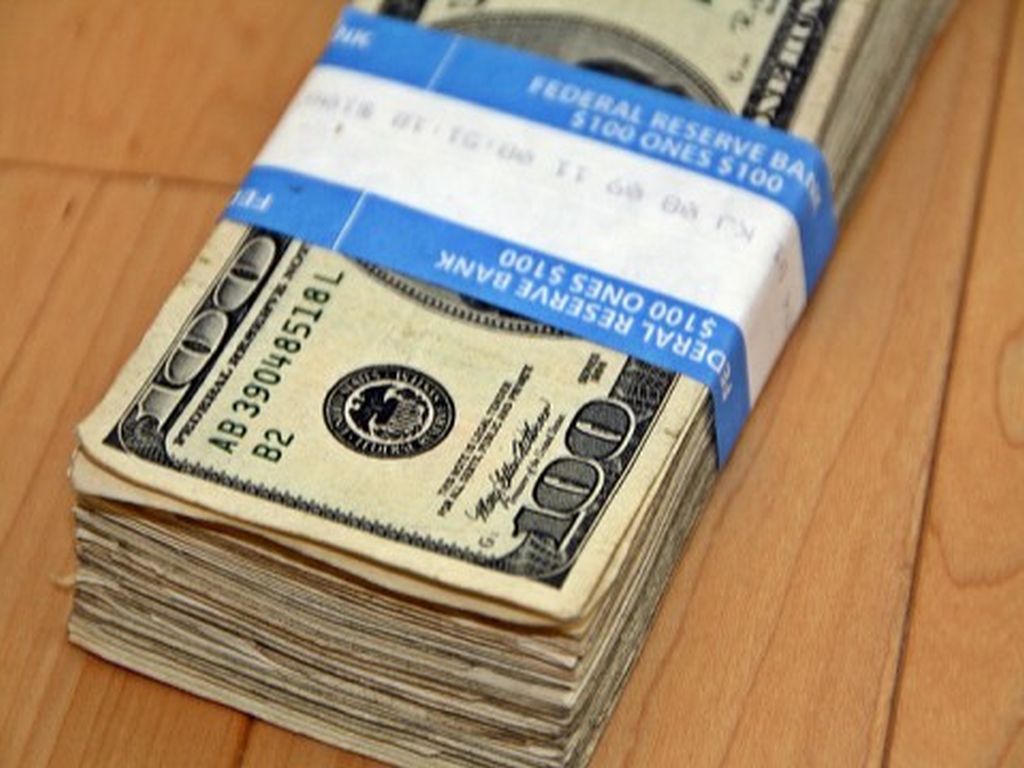It’s been a while since we wrote about budgeting and credit cards. It’s time to reinforce the importance of understanding each of these and learning how to use your knowledge to either get control of credit cards or totally eliminate your credit card debt.

Before you decide to take action on your debt you need to know what it is. Whether it’s doing some kind of debt consolidation or filing bankruptcy, you need to know what your expenses and income is to first find out if you’re in real financial trouble or just need to get a handle on your spending.
Although it’s a big deal, most people aren’t sure how to look at credit card debt. You can’t just look at what your bill says you owe and move on from there. Sometimes part of one’s plan for getting out of debt might include using a credit card for a short while for things such as gas or groceries while paying down other debts that are much worse. However, you need to know how much that debt might be growing if you’re only paying the minimum amount due.
Many people look to debt consolidation as the way to get out of the trouble they feel they’re in. Some people really are in trouble, and debt consolidation of some kind may help them out of a tough time. Others either aren’t in the kind of trouble they feel they’re in, or aren’t ready to accept that type of help because they’re unwilling to change their lifestyle behaviors.
Most people don’t know this, but if you’re only paying the minimum amount on your credit card and stopped spending today, it could literally take as long as 9 years for you to pay off that debt, if not longer, depending on the annual percentage rate (APR). These days, credit card companies are authorized to tell you how much you need to pay to close your credit card balance in 3 years. Still, the majority of people don’t even look at that figure.
That’s why I’m going to offer a minor training program on how you can figure out where you are and where you might be. Once you set up the template, you can change certain figures as needed, but at least you’ll know the general process of how to get it done. You’ll need a spreadsheet program like Excel, although you can also do it with regular paper and pencil, but it’ll take you longer.
By the way, the figure we come up with isn’t going to be perfect. That’s because credit card companies actually do a daily calculation; the weasels! Still, this will put you pretty close; it’s the best we can do. Also, I’m assuming you know how to use Excel or whatever spreadsheet program you have. If not… well, I hope you’re good at math. 🙂
In the first column, put in the amount that’s outstanding; let’s use $500 for our example.
In the second column, put in the amount of your APR, divided by 12. This will tell you how much interest is on your monthly balance. The formula for this in Excel would be (+.159/12), if your APR is 15.9%. If it’s something else, put in the number the same exact way. For this example, it leaves a monthly figure of .01325.
In the third column, type in the formula (+A1*B1). This will tell you how much interest will be added to your balance. In this case, we get $6.625, which will round up to $6.63; banks always round up.
In the fourth column, type (+A1+C1). This will give you your new balance, which in our case it $506.63.
In the fifth column, put in your minimum monthly payment amount. For our purposes, let’s say it’s $25.
In the sixth column, type in (+C1-D1); by the way, these don’t have to be capitalized, and don’t include the parentheses. This brings our total down to $483.63.
Next, drop down one line. In A2, type +F1. This will bring down the same exact amount as the total in your last column one line above.
Next, highlight all the other entries in the first row, copy them, then come down to the second line, second column, and paste. This will bring down the formulas and other numbers you had above, with one change, that being the final column. That will show your balance decreasing after each payment.
If everything looks correct, the final piece is to copy the entire second line, drop to your third line, drag your mouse down and copy the formula into multiple lines at one time. Go down at least 25 lines just to test everything.
What you’ll see is that on line 24, your outstanding balance that’s left is $9.67, which means your total balance will be paid off with your next payment. Count every 12 lines as a year, and this balance will be paid off in two years by making only the minimum payment and not putting anything else on this account.
Now, what you can do is alter the column that shows the minimum amount and put a different dollar figure in there. For instance, if we put $40 in instead of $25, this account will be paid off in 15 months, which not only saves you 9 months of payments, but around 42% in finance charges.
If your starting balance is larger, you’ll need to drag your lines down much further. The formula remains the same, and the only deviation would be if you alter the amount you pay, hopefully always more than what’s requested.
This will give you an idea of where you sit with your long term credit card debt. You can use this same formula for other bills you have that have interest rates. Of course, you can always go to an accountant or someone who helps people figure out their budgets for assistance if you’re not mathematically inclined. I hope this helps some.

